This post may contain affiliate links. If you click an affiliate link and make a purchase, I may earn a commission. Also, as an Amazon Associate, I earn from qualifying purchases.--
Have you ever experienced the struggle of cycling against strong winds? The kind of winds that make you feel like you’re cycling in slow motion and force you to pedal twice as hard just to maintain your speed?
Well, you’re not alone! Every cyclist faces the difficulty of riding in windy weather at some point. You mustn’t allow the breeze to knock you off your feet!
When cycling in 20mph strong winds, some tips to assist you include watching out for flying objects, opting for a sheltered route, using your brakes carefully, and watching your traction.
In this blog, I’ll share 11 tips to help you conquer cycling in 20mph winds. From gearing up properly to adjusting your riding style, these tips will help you stay safe and make the most out of your windy rides. So, whether you’re a seasoned cyclist or a beginner, keep reading to learn how to tackle those gusty days on your bike!
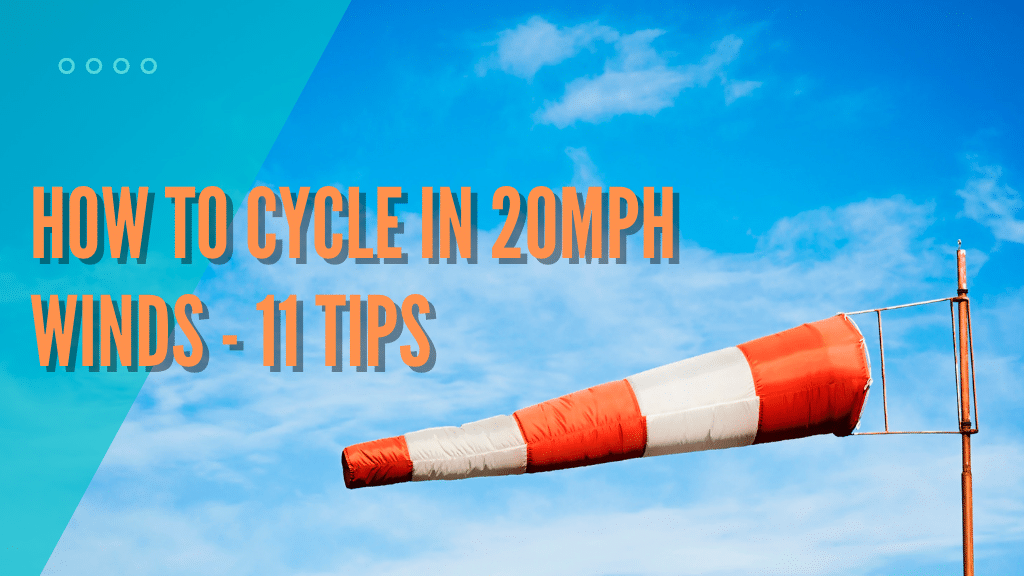
The Battle against Strong Wind – Why Cycling in Headwinds Is So Tough?
As a cyclist, you know that headwinds are the archenemy that always wants to take you down! They can make even the most experienced riders feel like they’re pedaling through molasses. But why is wind so tough to overcome?
Let’s break it down. A headwind can slow you down by almost half its speed. That means if you can ride at a comfortable 17 mph on a calm day, a 20 mph headwind can bring you down to a sluggish 7 mph.
And if you’re facing a 40 mph headwind? You’ll need to pedal at a blazing 27 mph just to make it to 7 mph. But don’t let headwinds defeat you! With some preparation, the right mindset, and a few key techniques, you can make cycling in headwinds a more manageable and even enjoyable experience! (Source)
Watch Out for Flying Objects
In the battle between you and the wind, don’t forget to be careful of other objects. From flying trash cans to bouncing tumbleweeds, unexpected obstacles can quickly turn a leisurely ride into a white-knuckle affair. Windy conditions can cause all sorts of problems for your eyes, from dryness and irritation to damage from flying debris.
So, investing in a good pair of cycling glasses is a must. Look for glasses with shatterproof lenses and a wraparound design that provides maximum coverage. Some models even come with interchangeable lenses for different light conditions, so you can adapt to changing weather and terrain.
Opt for a Sheltered Route
Finding a good windbreak can be the key to a successful ride in the wind. Whether it’s a stand of trees, a sheltered valley, or just a narrow street lined with houses, any bit of protection can help you stay on course and avoid getting blown off course.
If you’re out on a bike ride in a rural area with few buildings or trees, try to find a valley or dip in the landscape where the wind will be less strong. Similarly, in an urban setting, roadways flanked by towering buildings can act as a natural windbreak, making for a more comfortable ride.
Be Wary of Tailwinds in Groups
While a tailwind can be a blessing when riding alone, it can present challenges when riding in a group or pace line. The riders at the front of the group experience less air resistance from the tailwind, which means they can go faster and cover more ground.
However, this can make it harder for the riders behind them to keep up, especially if they’re not experienced in drafting or don’t have the fitness to maintain a high pace.
To avoid getting dropped or causing accidents, communicate clearly with your group about pace and expectations, and try to stay within your limits while using the tailwind to your advantage. Remember, it’s better to finish the ride together than to leave someone behind or risk injury.
Hold Your Line, Brave Cyclist
Riding in crosswinds can be particularly challenging, as the gusts can buffet you from all sides and make it difficult to maintain your balance and direction. One key technique is to keep your upper body loose and relaxed, letting your bike move underneath you as needed.
Meanwhile, make small adjustments to your steering and body position as the wind changes, and be prepared to shift your weight and lean into the gusts to maintain your line. Last but not least, if the wind gets too strong, don’t be afraid to stop for a while; often the safest thing to do is to wait.
Watch Your Traction
When riding in the wind, the chances of encountering slick surfaces are high, which makes traction an essential factor. If you’re cycling on a wet surface or metal bridge, be extra careful, and reduce your speed to ensure better control over your bike.
Another tip is to lower your tire pressure slightly to increase the contact patch and gain better traction. But, remember that this can also increase rolling resistance, so don’t go too low.
Don’t Fight the Wind
The force of a headwind can be strong, and pushing against it can be exhausting. Instead of fighting it, focus on maintaining a steady pace and conserving your energy. Try tucking your elbows and keeping your head low to reduce drag and make yourself more aerodynamic.
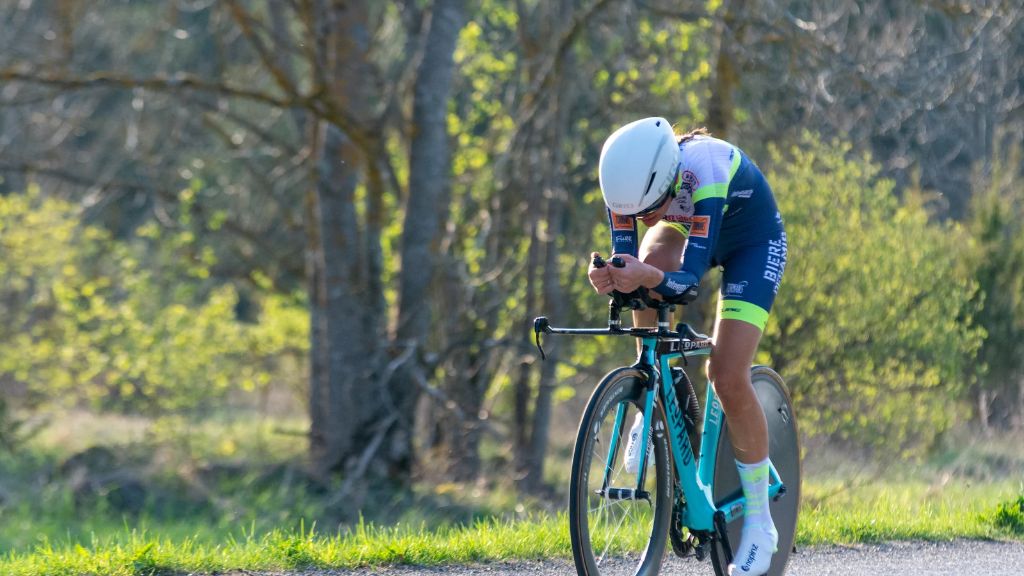
Don’t worry about maintaining a specific pace or speed; focus on maintaining a consistent effort level and adjusting your gears to maintain a comfortable cadence.
Thunderstorm Tactics
Thunderstorms often accompany strong winds, and taking shelter during one can be wise. However, if you find yourself exposed, you can lessen the likelihood of being blown off your bike by riding perpendicular to the direction of the wind. If lightning is present, seek shelter in a building or under a low structure like a porch or underpass, and avoid tall trees or metal objects.
Draft Like a Pro
Drafting can be an effective technique to conserve energy and reduce wind resistance. Riding behind a fellow cyclist can reduce the effort you need to exert by up to 20%, so find a partner to ride with or join a group ride. Remember to switch off regularly, and move to the front when it’s your turn.
When cycling in a crosswind, try to position yourself behind and slightly to the side of the rider blocking the wind. (Source)
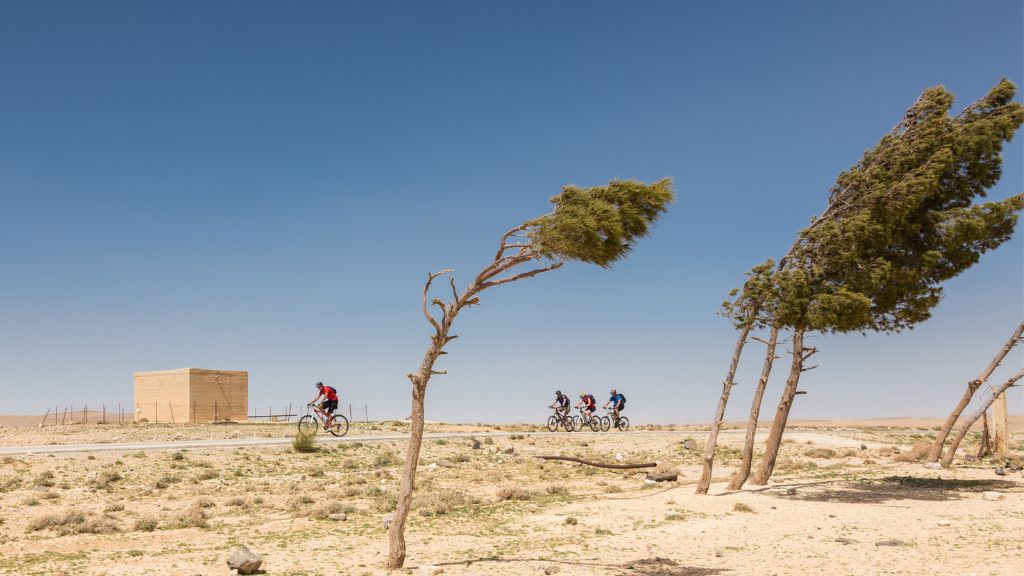
The Tailwind Tradeoff – Staying Cool and Hydrated in Hot Weather
While tailwinds are a blessing in the winter, they can quickly lead to overheating in the summer. To avoid overheating, remember to drink plenty of water and wear lightweight, loose-fitting clothes. In cool weather, remember to open up your layers during tailwinds to avoid getting soaked in sweat, which can lead to rapid cooling when you turn into a headwind. Keep a jacket or vest handy for when you encounter a headwind.
Gear Up for Cold, Windy Rides
Wind chill can make even moderately cold temperatures feel much colder, and windproofing gear can be essential for staying warm and comfortable. Remember to wear windproof gloves, a vest, or a jacket that’s waterproof and not too bulky. Layering can also be useful, as it allows you to adjust your insulation to the changing wind conditions.
Hack for Successful Cycling in the Wind
- Stay Loose, Stay in Control
When you’re riding your bike on a windy day, it’s important to stay loose and relaxed. If your upper body is tense, your bike won’t be free to move slightly in crosswind gusts, making it harder to handle. Stay loose, stay in control, and enjoy the ride.
- Prepare for the Wind
Anticipate areas where the wind may be stronger, such as when you pass by a windbreak or when large vehicles pass by. Don’t get caught off guard – be ready for the wind and adjust your biking technique accordingly.
- Adjust your Body Position
Position your body lower on the bike, and shift your weight back to maintain balance when riding in a headwind. Conversely, when riding with a tailwind, shift your weight forward to maintain control and avoid the wind pushing you too fast.
- Descend with Care
Strong winds on steep, long descents can be extra dangerous because you’re going faster. If you’re not careful, the wind’s power can multiply and cause your bike to wobble. To prevent this, get into an aerodynamic tuck and continue to pedal to maintain stability.
- Take Advantage of Tailwinds
If you’re lucky enough to have a tailwind, make sure to take advantage of it by sitting up higher to increase your surface area. Think of it like hoisting a sail to catch more wind. If the tailwind is coming from the side, angle your back to maximize the surface area of your body that catches the wind. This will help you move faster and more efficiently.
- Be Mindful of Other Riders
If you’re riding in a group, communicate with others about wind conditions and be aware of their movements. Maintain a safe distance from other riders and avoid sudden movements that could cause collisions.
- Use your Brakes Carefully
Sudden braking in windy conditions can make the bike more unstable. Instead, use gentle braking and slow down gradually to maintain control.
- Ensure a Well-maintained Bicycle
If you’re going on a long bike ride, you should check that your bike is in good working order first. For instance, you should check the pressure of your bicycle tires to avoid riding on underinflated ones. When riding a bicycle, the resistance is increased by soft tires. You’re already up against more of a challenge than usual when cycling in strong winds.
Here is a list of some key tips to help you conquer those gusty winds!
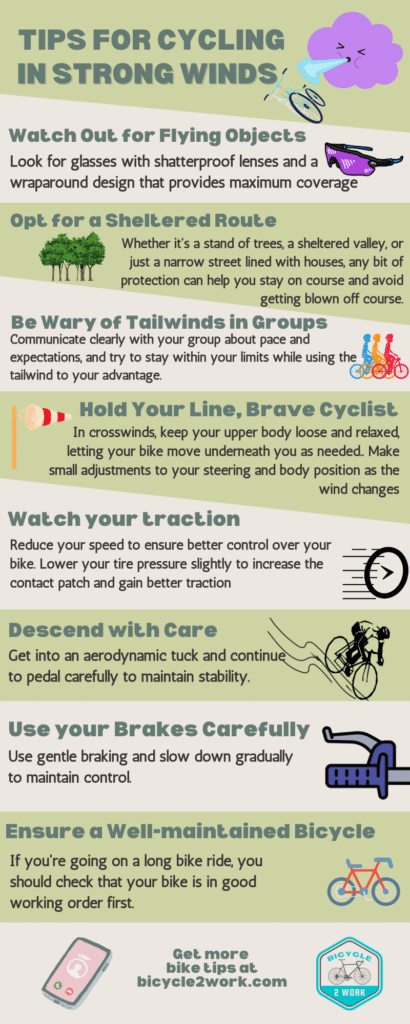
I also found this video to have really useful strategies for riding in windy conditions:
Cycling Against Winds as a Workout
Riding a bike in windy conditions can be a real challenge, but did you know that it can also be an amazing workout opportunity? With a little creativity, you can turn a gusty day into a fitness adventure. Interval training is a great option for biking against the wind.
Try pushing yourself to ride at 90% of your maximum heart rate for 2 minutes while battling the headwind, then take a one-minute rest and repeat.
Another option is to embrace the wind and intentionally plan your workouts during windier times of the day. Not only will you get a great workout, but you’ll also build up your bike handling skills in the process. So don’t let the wind get you down, use it to your advantage and turn it into a challenging and rewarding workout.
Conquering Wind Resistance – Tips and Tricks
First things first, know when to say no and stay indoors. But if the wind is manageable, don’t let fear take over. Instead, focus on adjusting your technique and posture to minimize the impact of the wind.
For crosswinds, don’t try to fight against them. Instead, sway your bike in the direction of the wind. This will help you maintain balance and prevent accidents. And for headwinds, lean forward and down towards your handlebars. Keeping your elbows engaged will also help you assume a posture that maximizes aerodynamics.
Choosing the right clothes and bike is also crucial in dealing with wind resistance. Wear tight-fitting clothes to minimize surface area, and avoid baggy jackets that act like parachutes.
And for your bike, consider using thinner wheels to reduce drag. If you’re really struggling with the wind, an e-bike can be a game-changer. It takes much of the pedaling strain away and sustains good speeds, especially in rural areas with sustained winds.
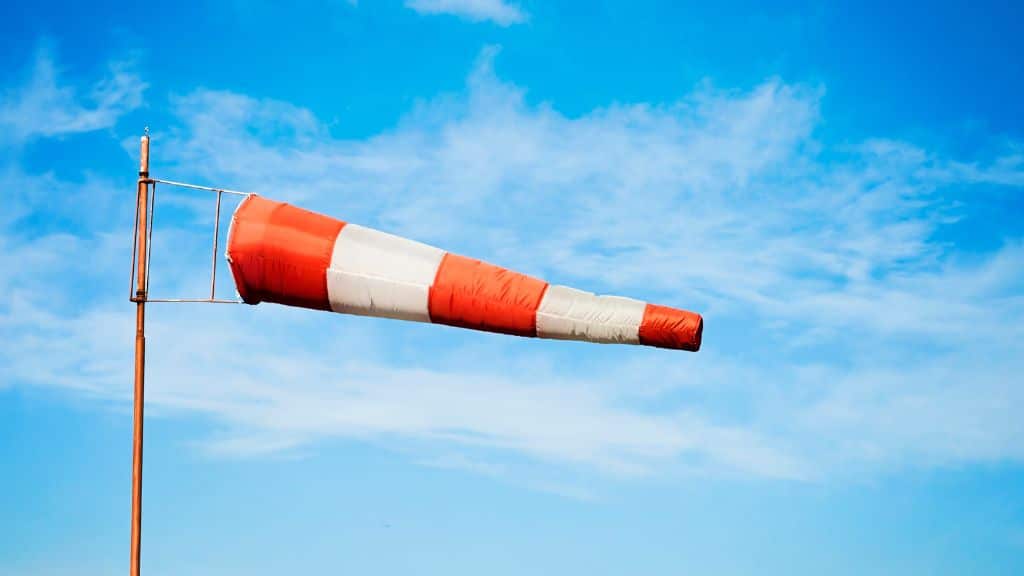
Conclusion
As you can see, cycling in 20mph winds doesn’t have to be a daunting task. With these 11 tips, you can take on the challenge and even enjoy the ride. So why let a little wind stop you from enjoying the great outdoors and staying active? Whether you’re a seasoned cyclist or just starting, give these tips a try and see how much fun you can have on your bike, even on the windiest of days.
Remember, with the right mindset and preparation, you can conquer anything that comes your way, including a gusty breeze. So gear up, hop on your bike, and pedal away into the wind like a pro!
